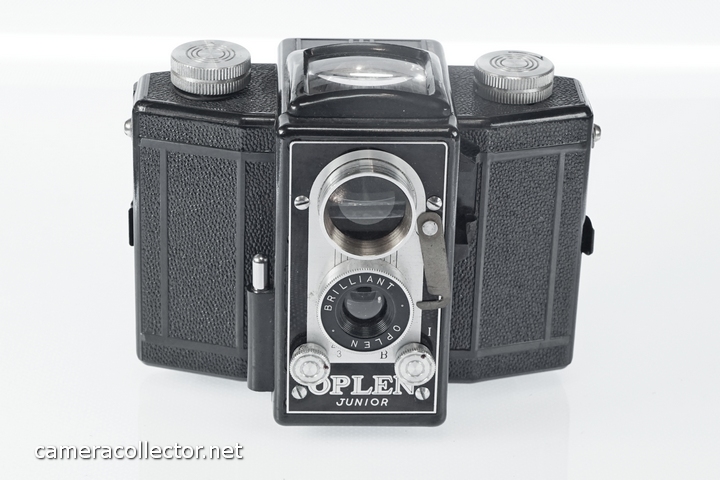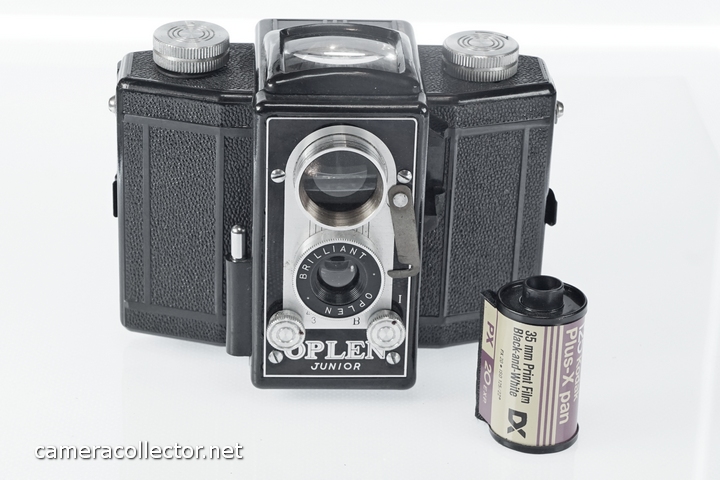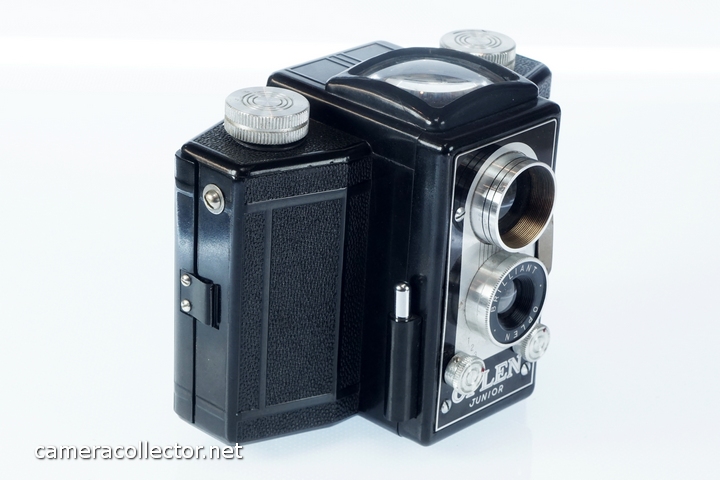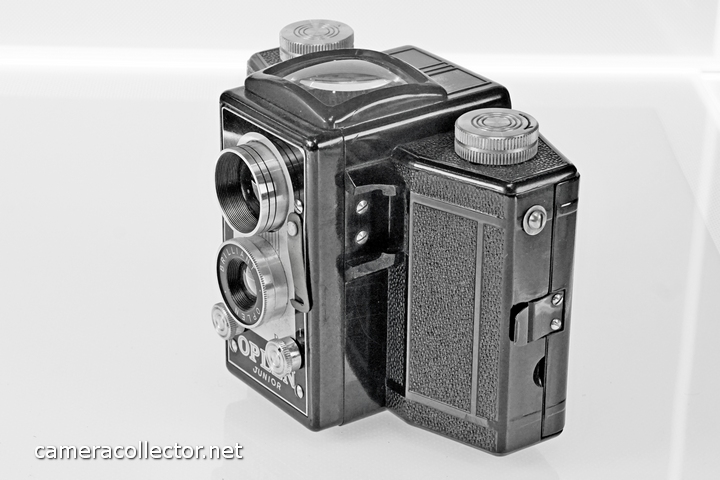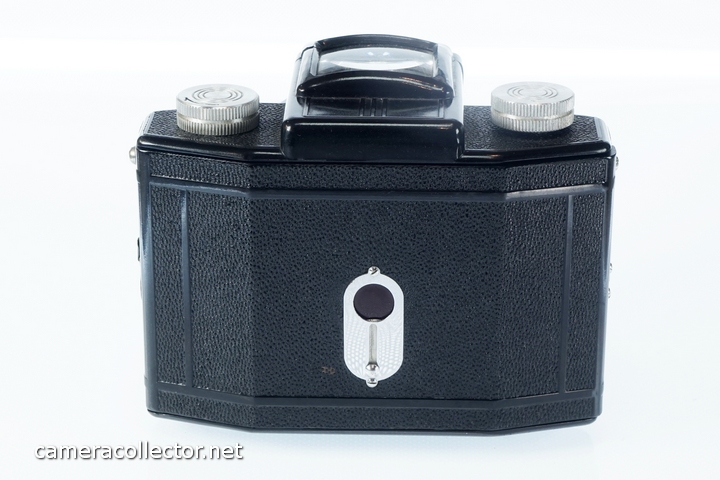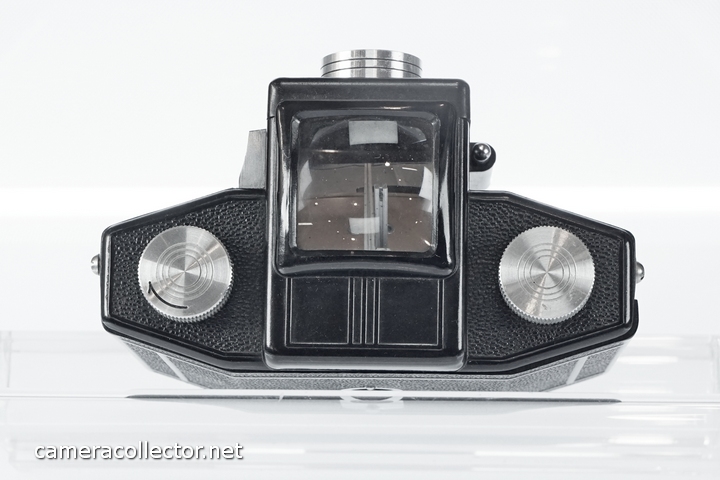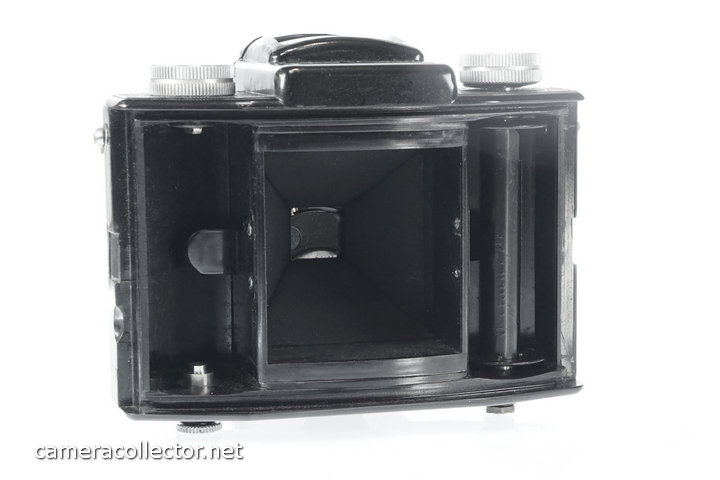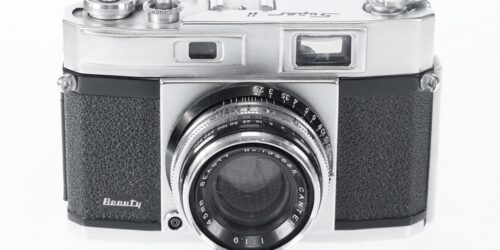Goyo Oplen Junior
Goyo Oplen Junior
Preamble
I am not sure about collectors who are after other subjects, but collecting cameras is like going on a hunting spree without knowing what you will find. Item in the subject, Catawiki.
Catawiki is a mini eBay version, supposed to be an echelon above eBay, where items offered are supposed to be specialized, vetted, and verified. ‘Supposed’ is the keyword. The company is based in the Netherlands, where it primarily serves the EU.
In reality, it is much like eBay, where merchants offer their wares, a lot of which is junk with some diamonds in the rough, overpriced in most cases.
On the bright side, in Catawiki, it is easier to identify odd items, as it is not buried in thousands of other listings. In the photography category, there are about 1,000 items offered weekly, which take a few minutes to sort through.
- Catawiki items are supposed to be curated – false. There is an ‘expert curator’ named on each item, and I wonder what they do. Upon reviewing the listing text, it becomes apparent that they don’t, as some of the descriptions are incorrect or plain silly.
- Catawiki has customer service, in theory only. Talking to a human is possible in a window of a few hours only, at hours when decent people in North America are fast asleep. All that if you are talented enough to find the phone number and a human does answer.
- Email support is useless at best. Either ignored or canned replies.
- I’m not sure if it is my fault or common, but I bought quite a few cameras there, and most were faulty to a certain degree. Either the fault is not declared in the description, or it drops in translation, or if it could be visible, but images are taken from a flattering angle, and the fault remains hidden.
- My pet peeve: Canada is not recognized by Catawiki. In the address dropdown menu, it goes from straight Bulgaria to the Canary Islands. Canada Yuk. There is no shipping option to Canada. The US is good, though.
- After futile correspondence with Catawiki, where I inquired about it, I humbly believe that the Canada avoidance serves to keep me out of Catawiki, as a result of a run-in I had with them some years ago. At the time when Canada was featured in Catawiki books, I bid and won a camera lot at a low rate, which I think the seller felt was too cheap. As such, he/she did not ship. After a week, I enquired with Catawiki, where they replied that the seller is waiting for an “internet box”. Three weeks later, the seller was still waiting for an internet connection, and a month later, they ran out of excuses and credited my account.
As I expected, the very same lot promptly showed up again. This time, I bid high and won for an outrageous price. Then, when Catawiki approached me for not paying, I reported that I was waiting for an internet box and, later, for an internet connection. It took them a month, and when they realized that they were dealing with an idiot, they cancelled the transaction and for good measure banned Canada altogether. I am still liable for their 9% commission.
As such, the ‘Canada yuk’ policy had forced me to register a shipping address in Europe, with a service that accepts my shipments and resends them to Canada. From there, shipping one camera or four costs about the same, so I am tempted to add a few more over the one I was interested in.
Which brings me to the subject of this page, about a secondary camera I bid for on Catawiki.
Goyo Oplen Junior.
As mentioned above, I saw this camera on Catawiki, placed a bid, and, as it happened, won. I haven’t heard of it before; I was intrigued by its unusual appearance. It does exist in my database, with a previous sale recorded on Catawiki in 2023. McKeown does not mention it, but mentions the Rosko Brilliant. Sugiyama does, without providing further details. There is a slim entry in Camera-Wiki that associates it with Palma Brilliant and Rosko Brilliant, which are in my database. Furthermore, there are two other models under the Oplen brand: the Oplenflex SLR and the Oplenflex TLR. It appears they are not connected with this model. The naming convention is unclear, as the Oplen is Junior and the Palma is Model 2. No other upward or downward models can be found.
The only information about the Oplen Junior is that it was distributed by Goyo Shokai, a Japanese 1950s photographic purveyor, and was sold in the US by Rosko, a toy distributor.
The three models, under Oplen, Palma and Rosko, are much alike; from the pics, there are hardly any differences. They are rarely seen online, so there is little information to dig into.
The camera looks as if there are two bodies clamped together. The front looks like a miniature TLR, and the oversized back looks like an early American body. It uses the #620 format at a 6×6 cm image size, which Sugiyama mentions is rare in Japan.
- The body is made of Bakelite, an early plastic material, which caught on like wildfire with entry-level camera makers worldwide. It was available in any possible colour, as long as it was black.
- The top has two equal-sized knobs; the left is the film winder, the right is just for looks.
- In the top middle is a mighty viewer lens, which is what caught my attention. It measures 35×35 mm, very uncommon, kind of resembles the Ensign Ful-view It is very bright and does not invert the image in the viewer.
- On the front body, at the side of the protruding box, is an accessory mount, which on my camera is broken. On the other side is the shutter trigger rod.
- The back is fully removable by pulling back the spring catches at both sides. It is not for the faint of fingernails. On the back, a red lens, covered with a metal slider, is positioned against the film’s paperback frame number.
- In the chamber, left, sits the loaded spool, and on the right, the take-off spool. To load/remove both spools, pull down the thumb nuts at the bottom.
- The miniature TLR box at the front features a viewer lens at the top and a taking lens below. There is no lens specification. Lens is marked Brilliant Oplen, where the Palma Brilliant lens is marked Palma Brilliant, and the Rosko Brilliant is unmarked.
- Two thumb dials are at the front, below the lens. One is aperture settings, which is a disk with three different-sized holes, marked 1,2 and 3. The shutter speeds are marked ‘B’ for bulb, which remains open as long as the trigger is pressed, and the other is ‘I’ for instant, which is approximately 1/60.
- A hinged catch is mounted by the viewing lens, I believe it is to keep an accessory in place. It does not show on the other two models, so it could well be a user modification.
For the collector, it is an odd model, which could be a conversation piece, the same reason that I bought it.
| Camdex list number | 222059 |
| Brand | Goyo |
| Model | Oplen Junior |
| Manual | |
| Value | Oplen Junior Palma Brilliant Rosko Brilliant |
| Format | 620 |
| Introduced | 1955 |
| AKA | Palma Brilliant, Rosko Brilliant |
| Country | Japan |
| Qty made | |
| Initial price | |
| Currency | |
| Type | Pseudo TLR |
| Body material | Bakelite |
| Mode | Manual |
| Weight | 460 gr, Body with lens |
| Class average weight | 460 gr, Body with lens |
| ASA range | N/A |
| Kit lens | |
| Lens make | Oplen Oplen |
| Filter size | 26mm slide on |
| Lens mount | Fixed lens |
| Mount size | N/A |
| Aperture | Three holes disk |
| Shutter | Guillotine |
| Shutter make | |
| Trigger | On top |
| Winder | Knob |
| Shutter cocking | Self spring loaded |
| Light meter | None |
| Lock | No |
| Speeds | B, I |
| Mirror | N/A |
| Viewer | Pseudo TLR |
| DOF preview | No |
| Exposure lock | No |
| Exposure compensation | No |
| Shoe | Cold |
| External sync | No |
| Sync speed | N/A |
| Timer | No |
| Battery, original | N/A |
| Battery, replacement | N/A |
| Battery voltage | N/A |
| Integral flash | None |
| Other | |
| More | |
| Service / repair links | See camerlog.com |
